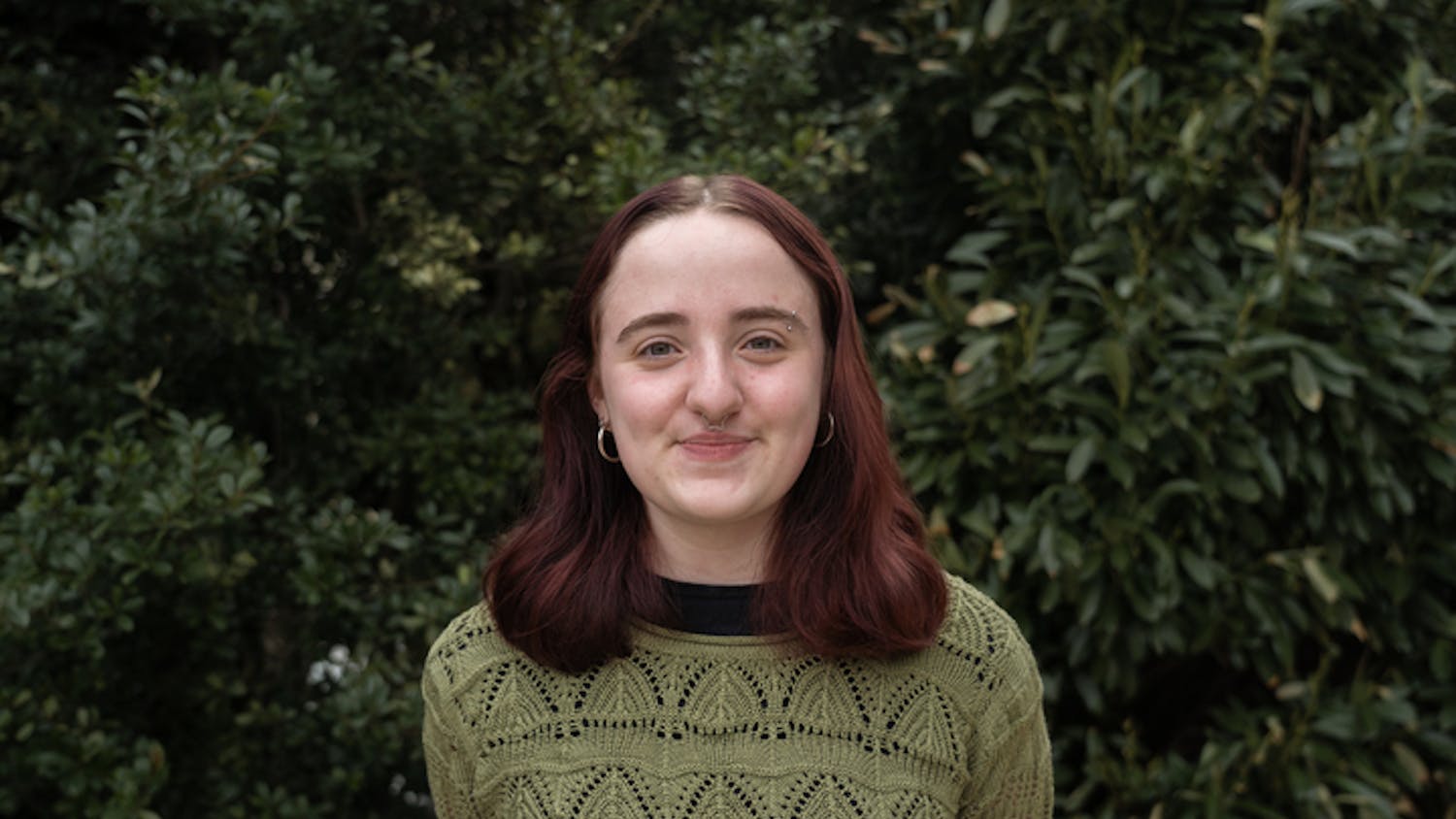Community members and leaders who raised initial concerns during the development of the D.C. Office of Planning’s Wisconsin Avenue Development Framework, set to add up to 9,500 new housing units along the Wisconsin Avenue corridor west of Rock Creek Park, continue to worry whether this initiative can be reached without more extensive planning.
Of these new housing units, 1,700 are to be dedicated as affordable housing for households earning between less than 30 percent to less than 80 percent of the Median Family Income, ranging from $42,700 to $113,850 for a four-person household.
Meg Maguire, chair of the Board of Directors for NW Opportunity Partners Community Development Corporation, shared that her concerns about whether the affordable housing goals could be realized primarily revolved around zoning problems.
The development plan currently states that to allow for the highest percentage of affordable housing in one of the four zoning categories, the Inclusionary Zoning Plus calculations must lie between the existing threshold of 12.5 percent and 20 percent for each new development. Maguire said these need to be closer to the higher percentage of 20 percent to reach the goal of affordable housing units.
Maguire also said she wished that the Office of Planning had taken more time in the framework stage to think through how to provide housing and other amenities for the people already working in Ward 3 who cannot currently afford to live in the area.
“Are we going to be able to step back and say we provided for the people who work in Ward 3?” Maguire asked.
Along this same reasoning, Maguire said the city needs to make sure developers are building affordable family-size units large enough to comfortably live in and establish different housing goals to not only serve families of four but those of all sizes.
The plan should be comprehensive, making sure utilities and schools are equipped to handle the influx of new residents because, otherwise, “What is the point if we do not meet the needs of the community,” Maguire said.
ANC 3E Commissioner Ali Gianno voiced some of the same desires as Maguire, explaining that alongside affordable housing, the community also needs a recreation center, fields, courts and other amenities that would “actually benefit the city as a whole.”
Gianno said she understands the concerns about affordable housing, but thinks it's solvable if “the Office of Planning and the mayor’s office actually found a way to provide more incentives to developers to actually put in affordable housing units.” The developers are going to create buildings that are going to bring back the highest returns, Gianno argued, unless the government gives them a better reason to add affordable units.
Gianno has also expressed to the Office of Planning the need to create space and provide affordable rent for local businesses in these developments, especially for women and people of color owned businesses.
“There are people concerned not just about the affordable housing units, but the affordability of what is being brought into the community,” Gianno said.
Gianno shared how there are certain locations on the decommissioning list or other open spaces that could be used to help the community thrive – including the Nebraska Avenue Complex owned by the U.S. Department of Homeland Security.
“There is such a great opportunity for the city to put in affordable housing and mixed-use housing, so anybody can live there who wants to live there. Students could live there,” Gianno said. “You have all sorts of shops, restaurants, things… in a place where the neighborhood could really use it and it would actually benefit the entire city.”
The Eagle previously interviewed Erkin Ozberk, the former senior neighborhood planner at the D.C. Office of Planning and the project manager for Wisconsin Avenue Development Framework, who said the office tried to communicate with a variety of individuals and groups on the development of this project including agencies, housing advocacy groups, community residents, developers and Advisory Neighborhood Commissions.
Ozberk said there were also focus groups such as one focused on Black homeowners in Ward 3, or another with business owners in the area.
Gianno said she believes that the Wisconsin Avenue corridor is ripe for change and that the Office of Planning needs to spend more time hearing the perspectives of residents and designing creative opportunities for all-encompassing community development.
“It’s such an opportunity to do something great if they look at things the right way and look at it holistically and that they include those who aren’t always included,” Gianno said.
This article was edited by Samantha Skolnick, Tyler Davis and Abby Turner. Copy editing done by Luna Jinks and Ariana Kavoossi.





